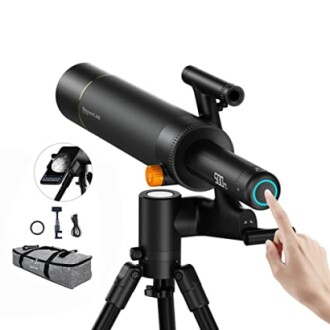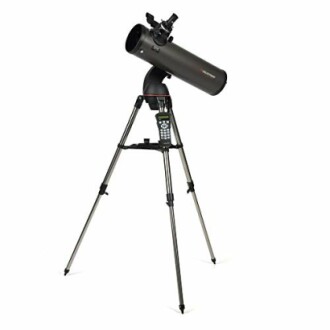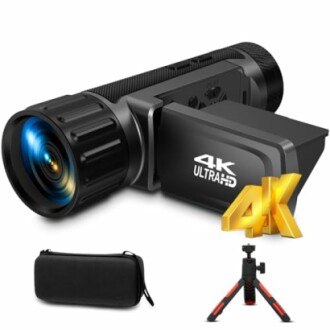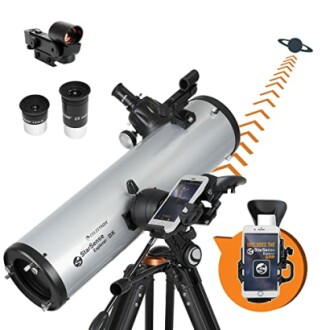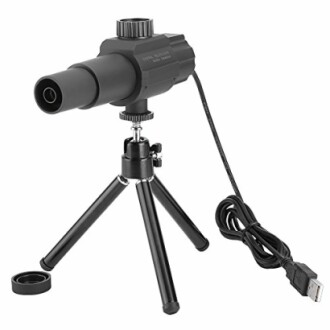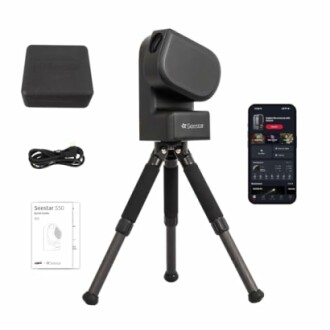Digital Telescopes
In the age of technology, digital telescopes are revolutionizing the way we explore the cosmos. For astronomy enthusiasts and professionals alike, the desire to observe celestial wonders can often feel out of reach. Traditional telescopes can be cumbersome and require extensive knowledge to operate effectively. However, digital telescopes offer an accessible gateway to the universe, allowing users to capture stunning images and data with ease. This article will illuminate the transformative power of digital telescopes, addressing common frustrations and providing insights that can elevate your stargazing experience.
The Challenge of Traditional Astronomy
Many aspiring astronomers face significant hurdles when trying to engage with the night sky. The complexity of manual telescopes can lead to frustration, while the steep learning curve often discourages newcomers. Additionally, light pollution in urban areas can obscure celestial views, making it difficult to appreciate the beauty of the universe. These barriers can dampen enthusiasm and limit exploration.
Enter Digital Telescopes: A Game-Changer
Digital telescopes have emerged as a groundbreaking alternative, combining advanced technology with user-friendly interfaces. These instruments utilize digital sensors and software to enhance the stargazing experience, making it accessible to everyone, regardless of their expertise. With features like automated tracking, image processing, and connectivity to smartphones or computers, digital telescopes empower users to explore the cosmos like never before.
Key Features of Digital Telescopes
Enhanced Imaging Capabilities
Digital telescopes often come equipped with high-resolution sensors that capture detailed images of celestial objects. This capability allows users to observe planets, stars, and galaxies with unprecedented clarity. Many models also include built-in software that enhances images in real-time, making it easier to identify and appreciate various astronomical phenomena.
User-Friendly Interfaces
One of the standout advantages of digital telescopes is their intuitive design. Many models feature touchscreen controls and guided setups, allowing users to quickly learn how to operate them. This ease of use is particularly beneficial for beginners who may feel overwhelmed by traditional equipment.
Connectivity and Sharing
Modern digital telescopes often include Wi-Fi or Bluetooth connectivity, enabling users to connect their devices for seamless data transfer. This feature allows for easy sharing of images and findings on social media or astronomy forums, fostering a sense of community among enthusiasts.
Frequently Asked Questions
What types of celestial objects can I observe with a digital telescope?
Digital telescopes can be used to observe a wide range of celestial objects, including planets, stars, nebulae, and galaxies. Their enhanced imaging capabilities make them particularly effective for capturing detailed views of these phenomena.
Are digital telescopes suitable for beginners?
Absolutely! Digital telescopes are designed with user-friendliness in mind, making them an excellent choice for beginners. Their automated features and guided setups simplify the learning process.
Conclusion: Embrace the Cosmos
Digital telescopes represent a significant leap forward in the field of astronomy, breaking down barriers and inviting everyone to explore the wonders of the universe. By leveraging advanced technology, these instruments provide an unparalleled stargazing experience that is both accessible and rewarding. If you’ve ever dreamed of gazing at the stars with clarity and ease, now is the time to embrace this innovative tool. Dive into the world of digital telescopes and unlock the secrets of the cosmos today!
